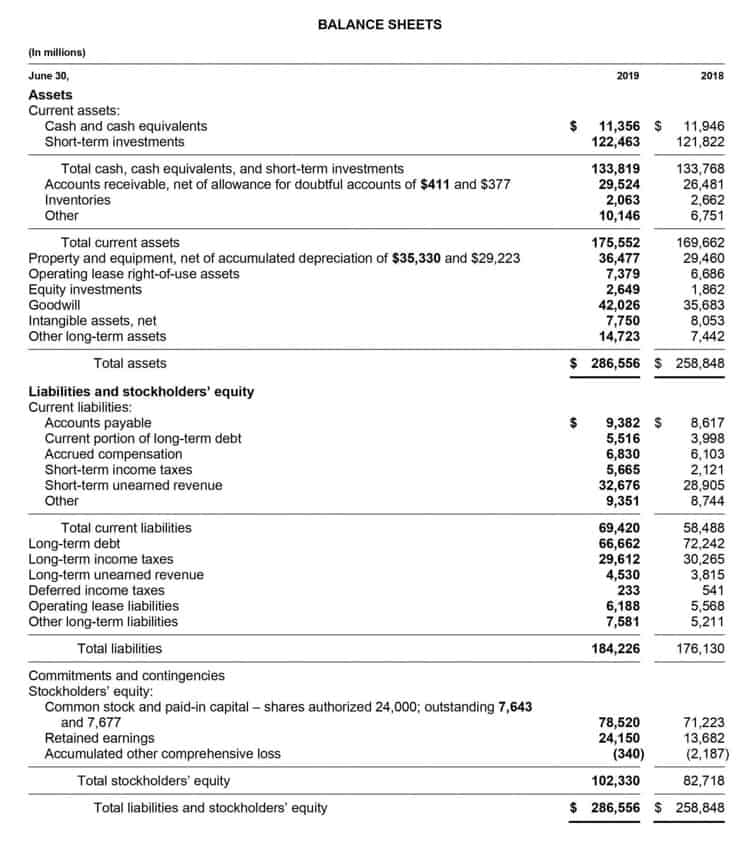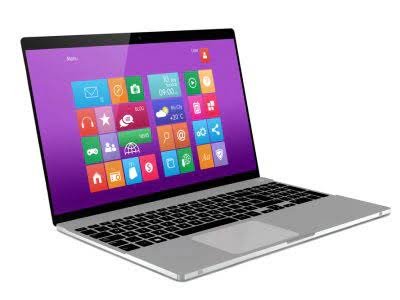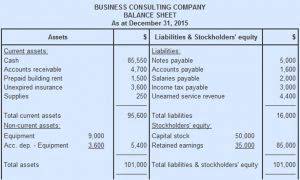- Empty cart.
- Continue Shopping
How to Optimize the RCM Cycle in Medical Billing for Improved Efficiency and Compliance

We specialize in working with companies that have already deployed e-MDS tech suite. We help your practice streamline the charge-capture process, eliminating delays and errors in claims. This also reduces debt due to rejected claims and improves accounts receivable (AR) because of timely payment. medical billing cycle steps Insurance coverage varies significantly between organizations, individuals, and policies, and the biller must verify each patient’s insurance to issue the bill appropriately. Healthcare professionals should inquire and double-check because it can impact claim processing and reimbursement.

Claim tracking
- Since the Health Insurance Portability and Accountability Act of 1996 (HIPAA), all health entities covered by HIPAA have been required to submit their claims electronically, except in certain circumstances.
- Denial management involves reviewing and analyzing denied claims to identify the root causes of denials.
- Once payer adjudication is complete, a report is sent to the medical provider.
- Front-end medical billing staff should be well versed in their organization’s payer mix.
- Alongside your patient statements, you should send payment instructions and due dates.
The accuracy of the coding process is generally left up to the coder, but the biller does review the codes to ensure that the procedures coded are billable. Whether a procedure is billable depends on the patient’s insurance plan and the regulations laid out by the payer. Once the payer has paid their share, the remainder owed is passed onto the patient in a separate statement. If all goes well, the patient will pay you for your time and effort and the billing cycle that began with their requesting a visit will come to a close. It’s important for you as the provider to be aware of this step and to follow up as necessary to ensure you receive payment promptly. You’ll need to register new patients, capturing health histories, insurance information, and other important data.

Verify insurance coverage and eligibility
Professional codes capture physician and other clinical services delivered and connect the services with a code for billing. Providers use clinical documentation to justify reimbursements to payers when a conflict with a claim arises. If a provider does not sufficiently document a service in the medical record, the organization could face a claim denial and potentially a write-off.
GeBBS Healthcare Solutions Acquires CCD Health
The medical biller must know how to read the medical record and be familiar with CPT®, HCPCS Level II, and ICD-10 codes. At this stage in the billing cycle, front-end staff make a follow-up appointment when required and ensure that the physician completed the encounter form. Checkout also provides a second opportunity for point of service collections. Front-end staff generate the encounter form, which will be used to communicate information about the number and type of services provided to the patient. At the end of the patient encounter, the provider will tick the appropriate boxes and sign the form to attest that the ticked services were performed and may be billed.
Better information. Better health.
- You or your coding platoon will determine whether CPT or HCPCS law is suitable for the services you rendered.
- Even if it’s a regular patient, double-check key bits of information (address, phone number, insurance, etc.) to make sure the file is completely up to date.
- The CMS Hospital Price Transparency rule requires hospitals to publish their chargemasters on their website and display the prices of 300 shoppable services.
- Medical billers must contact patients whose payments are due and, if required, refer accounts to collection agencies.
- Medical billers should follow up with patient accounts in aging A/R batches to remind patients to pay their bills and ensure the organization receives the revenue.
- The CMS-1500 claim form is used to report professional services performed by providers and Ambulatory Surgical Centers.
The medical billing cycle is a multifaceted process that requires attention to detail, adherence to regulations, and effective communication between healthcare providers, patients, and payers. By understanding the components of the billing cycle and implementing best practices, medical providers can optimize revenue https://www.bookstime.com/ cycle management, minimize billing errors, and enhance patient satisfaction. In an ever-evolving healthcare landscape, staying informed and proactive is key to navigating the complexities of the medical billing cycle. The RCM cycle in medical billing is the backbone of a healthcare provider’s financial health.
Exploring the Fundamentals of Medical Billing and Coding
These codes help translate the services into a universally recognized language for billing and claim submission. Proper documentation should support the codes chosen, ensuring compliance and reducing the risk of claim denials. Others outsource their medical coding needs to third-party medical billing services.

The patient might be responsible for any billing that is not covered by their insurance. If the procedure has out-of-pocket expenses, the patient will be alerted, so they can determine whether the visit is in their best interest. The biller reviews this report in order to make sure all procedures listed on the initial claim are accounted for in the report.

